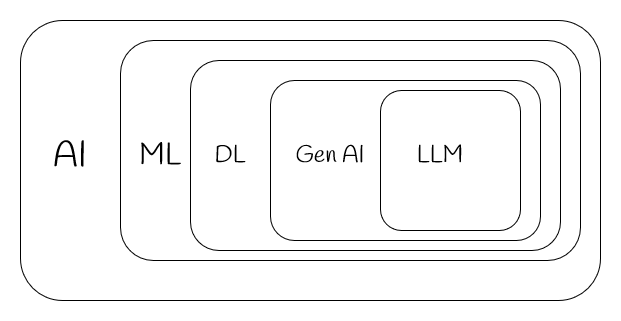In the ever-evolving landscape of AI, Google’s PaLM 2 has emerged as a revolutionary force, unlocking new potentials in natural language processing. Imagine harnessing this cutting-edge technology to create something as interactive and engaging as a chat application. In this blog entry, I’m thrilled to show you exactly how straightforward it can be to develop your very first Python application—a “chat application” that interacts with the remarkable chat-bison model from the PaLM 2 family.
Fair warning: a very basic understanding of Python is required, but you definitely do not need to be a pro!
We’ll dive into the world of Generative AI Studio, a remarkable tool (set of tools really) that provides us with a baseline of code. From there, I’ll guide you through tweaking and customizing this foundation to fit your unique vision for the app. This isn’t just about coding; it’s about creativity and bringing your ideas to life.


